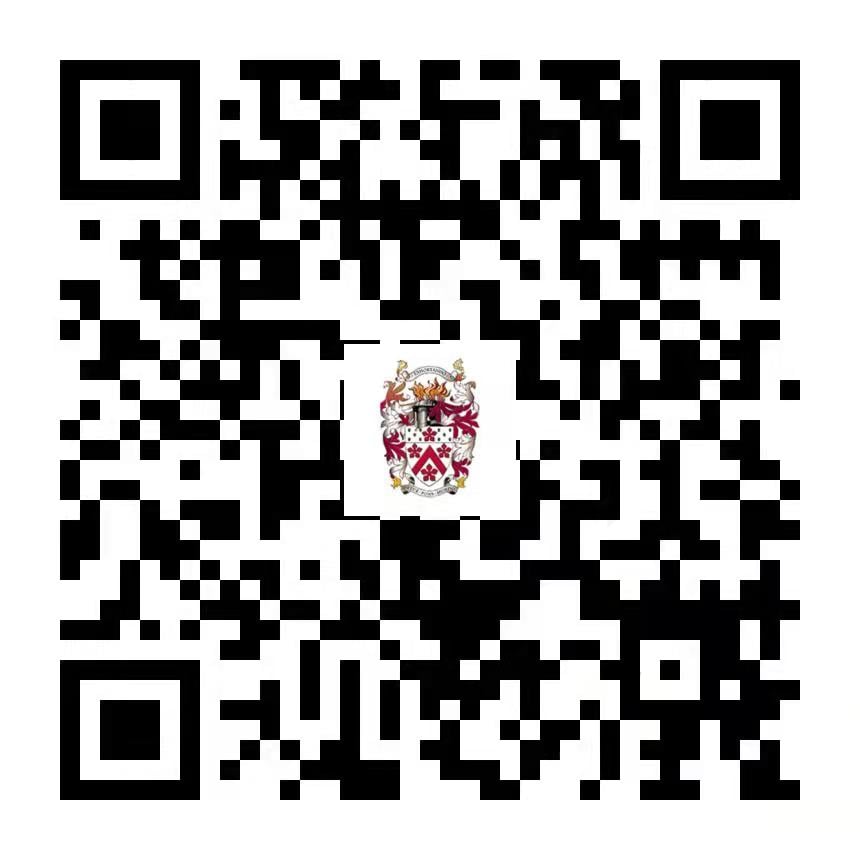What Generation Z ‘communaholics’ can teach us

Many of our students are counted within “Generation Z” and they offer us a glimpse into what we can learn from their example.
According to McKinsey, Generation Z is very comfortable with collecting and cross-referencing multiple sources of information while integrating virtual and offline experiences. Sometimes referred to as “communaholics”, they are radically inclusive and thus able to collaborate in a new way.
Recently, the entire global community has and continues to be tested by many external elements beyond our immediate control. Many young people are no longer looking only to our global leaders but to their peers across the globe to collaborate and become the necessary network of change-makers.
This suggests that our understanding of how students see and experience the world is more important than ever. Inevitably, some of what we do will require us to change our approach in order to strengthen our community links across the generations.
Our role as educators is to ensure that students are connected to one another, educators and parents in a meaningful way, which makes sense to them and their experiences.

Our 2021 context
Over the past year, the experience and methods of learning shifted overnight. Interactions started to take on a new shape and significance.
For educators, there is unlikely to have been a previous occasion when identifying your community’s needs and employing creativity and invention in response was more important. Teams of educators established online communities to support one another by sharing resources, rethinking timetables and collaborating in synchronous and asynchronous formats for learning.
In effect, in real-time, we were reimagining our school communities online. This challenge went through several stages, and the evolution was rapid and visible. We were an authentic learning community, acting in motion to learn from and make sense of our unfolding experiences.
Belonging and engagement required reworking so that we could genuinely create a cohesive online and blended education for our students, but also develop further the partnerships between educators and parents. Wellbeing interventions were vital to ensuring that students could thrive and be heard and known as they experienced the unusual period of school closures and staggered reopening.
Our schools discovered new ways to mentor students through emerging peer networks, while also ensuring intentional and targeted support for emotional and social development.

Educator community
At Dulwich, our senior school educators launched a collaboration project across the Dulwich group, the scale and ambition of which is unprecedented. This is testament to the dedication of educators all across our group of schools from Beijing to Seoul.
Each group meets online during the academic year to identify and focus on shared priorities. The groups will harness perspectives, expertise and skills so that professional learning in the group will be of exponential value. Innovation has been evident, even in these early stages since our September kick-off. There is data analysis in science, strategic planning in outdoor education, skills mapping in the humanities and a huge number of examples when effective practice is shared in all subject areas.
We now have upwards of 50 community groups, which is a strong team of 400 colleagues working on behalf of one another to focus on and realise common goals. All groups have a “students first” focus and this acts as a significant catalyst to the collective work.
It is interesting, although not surprising, that the Organisation for Economic Cooperation and Development (OECD)'s Teaching and Learning International Survey identifies "community" as one of the five pillars of educator professionalism. This emphasis was even more key in 2020, so the OECD asked educators about how often and in what ways they collaborate. The survey identifies the prevalence of educator collaboration and what it means for the wider dimensions of educators’ work.
In all cases, collaboration was seen as an essential pathway to professional growth and the development of greater student outcomes – and in challenging circumstances, its impact and significance were even greater. This network is emerging into an active, participatory and lively community of professionals who have a vital role to play in driving our group forward.

Collective efficacy
Our cross-group collaboration also promotes educator collective efficacy, which is the collective belief of educators in their ability to positively affect students. Providing structured opportunities and sufficient autonomy is vital for educators to leverage the power of our Dulwich group of educational experts.
This type of experience for educators is well-documented and researched. Kurz and Knight (2003) identified that by collectively searching for solutions to problems, educators build confidence in the team’s collective ability to handle complex challenges. Furthermore, it is also observed to improve each school-wide engagement.
This provides an opportunity to speak about community differently with our students. Instead of hearing that “my educator is having a professional learning day”, it would be fantastic if students understood that the educator community was vital to their success. We can make our own educator community visible and help to model how this can be experienced and enriched by our students.
But how do we authentically build our students’ voices into our communities most effectively? If Generation Z has grown up as “communaholics”, how can we bridge our understanding as educators and create communities with our students so we can truly realise our potential?
The reimagining we experienced in our shift to online learning is just the start. What else must be reconfigured so that our communities can emerge stronger than before? It seems clear that paradigms, our collective imagination and education must shift. Community must start to look and feel differently from our own experiences to date. We must, in turn, be prepared to weather our dissonance to enable these vital changes to occur.
In forming our new educational priorities, our leaders focused on navigating the pandemic, geopolitical shifts and the exciting but largely unanswered questions that the fourth industrial revolution still raises for schools.
We must look also outside our own community for answers. We must create new communities and partnerships with industries and universities, and embrace new technologies. Students must have greater agency, which may mean dispensing with the classroom and affording greater choice regarding schedules, assessment, start times and passion projects. The key learning is that our communities need to evolve. We should no longer be learning communities but education communities. Our vision must be sharper and prioritise what the next generation needs from us: not simply the passing on of old knowledge but being involved in the production of new knowledge.
The emphasis on partnership and community remains: thriving communities remain thriving communities only when its members work together. We must now be ready to rethink intergenerational community to combine our skills and experiences to drive us forward.
By Sian May
Director of Senior Schools at Dulwich College International
Connect with us





